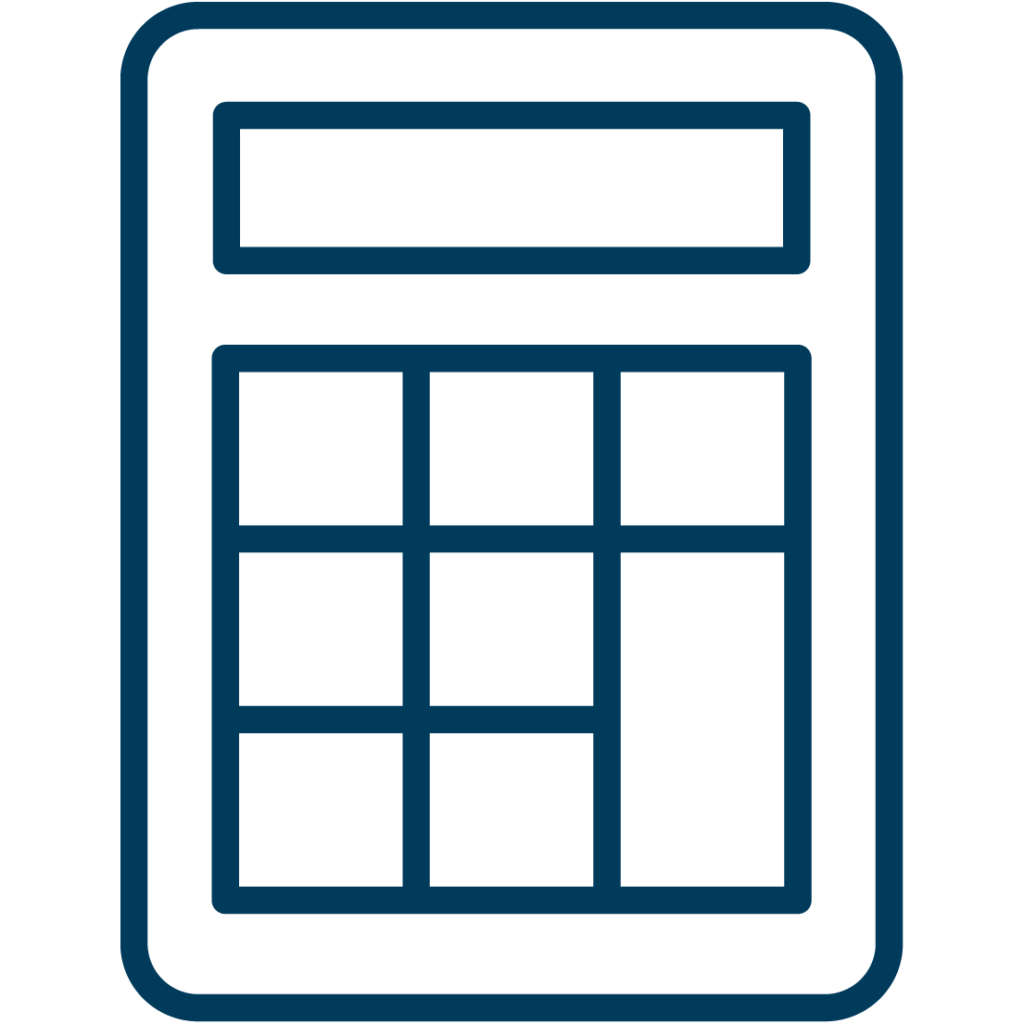Although many start-ups begin with the writing of a business plan, one business plan assumption, as noted earlier, is that the business is already established and has a history. This is most evident when it comes to the Financial Plan, where the business plan developer is asked to complete a balance sheet and include a profit and loss (P&L) statement.
Here is what you need to know about working capital.
If the business is in the pre-start-up phase, there are no assets or liabilities yet, so any discussion of a balance sheet is rendered moot and confuses many nascent entrepreneurs drafting their first business plan. Since there are no revenues or expenses yet, a P&L is also rendered moot.
A typical financial plan includes the following sections:
- Pre-start-up costs if this plan is for a new business
- Current Balance Sheet
- Profit and Loss statements for the previous three years
- Key Benchmark Ratios derived from the Balance Sheet and P&L
- Proforma Cash flow that looks several years into the future
- Break-even analysis
Pre-Start-Up Costs
You can download a simple Excel spreadsheet suitable for inclusion in your financial plan that lists some common pre-start-up costs.
The start-up capital worksheet is not intended to be an inclusive list of all possible start-up capital costs. Instead, it is designed to provide a starting point to get you thinking about some more common costs and, as a platform, to add your own more specific items.
A start-up capital worksheet is typically only required for start-ups. However, the spreadsheet can be edited for use in a financial plan that is looking for a new round of funding so it can buy new capital equipment to take it to the next level.
Below is a post to help you define what your startup costs might be.
Balance Sheet
When your business plan is being written for an existing business, the financial plan section should include a current balance sheet from your accounting software.
A balance sheet is a snapshot in time that lists all the Assets that the business owns as well as all the Liabilities it still owes. When you subtract the liabilities from the assets, you get the Equity, which is what lenders and investors are most interested in.
Since a balance sheet in a business plan is required only for existing businesses with some history, it is recommended that you export the balance sheet from your accounting software. As said earlier, if this is a new venture, then a balance sheet is often not included.
Profit & Loss
When your business plan is being written for an existing business, the financial plan section should also include a Profit and Loss Statement (P&L).
A P&L lists the revenues and expenses of a business over a specific period of time, generally a year. Typically, a business plan for an existing business will contain a P&L from two or three previous years as well as the current partial year’s P&L.
Since a P&L only applies to existing businesses, you will simply need to export them from your accounting software. As implied earlier, if this is a new venture, then a P&L is often not included.
Key Benchmark Ratios
When it comes to financing a business, lenders and investors need a way to compare one business to its peers, to determine its performance.
The Risk Management Associates Annual Statement (RMA) study is used to benchmark existing businesses against other businesses in the same industry using a series of benchmark ratios. The primary purpose of including key benchmark ratios is to show lenders and investors how well the business is doing as compared to their peers. You can download the following preamble section of the RMA, which does a good job of explaining the various ratios and how to construct the equations that you can add to your financial plan.
Proforma Cash-flow
Generally, you will want to provide several years of projected cash flow of the business to give the lender and/or investor some idea of the business’s financial trajectory in the coming years.
While the SBA 1100 form is the most common cash flow projection tool and is what many lenders expect, it can be a bit more difficult to complete for the not-too-financial-savvy entrepreneur. The SBA 1100 form deviates from a basic cash flow statement as it tries to connect items to the balance sheet and P&L.
For example, rather than just listing the expected principal and interest loan payment, the SBA 1100 form has you break down the part of each payment that is applied to the balance sheet (principle), to reduce the business’s liabilities and the portion of the payment that is interest (interest expense) that is considered an expense and will appear on the P&L.
You can download a copy of the SBA 1100 as an Excel spreadsheet that you can include in the financial plan by clicking on the following link.
Break-Even Analysis
Here is an excerpt from a video lesson from Boot Camp: Steps To Owning Your Business, which explains how to do a break-even analysis and its value in making business decisions.
You can also download a break-even analysis template where you can enter your own anticipated fixed and variable costs and experiment with your retail price per unit.
Since much of the remaining content of a financial plan (startup capital requirements, proforma cash flow statements, and break-even analysis) is shared with a pre-start business, and the pre-start content is a subset of the elements needing to be considered for an existing business, rather than repeating the same content here, it is recommended that you review the Financial Aspects subsection.
In addition to explaining what goes into a financial plan, the Financial Aspects subsection also broaches the subject of funding sources. I recommend that you explore each of the appropriate funding sources you are considering.
The following link will open a new tab that will take you directly to the Financial Aspects subsection for you to review. When done, you can simply close that tab and resume the discussion in this section.

Financial Aspects
While the Financial Aspects subsection looks at debt, equity, crowdfunding, as well as using bonds and royalties as options to fund a business, the most common source of business funding is not debt but equity (issuing ownership to investors). Therefore, it is important to make the most of equity financing so as not to give away too much of the business to investors.
If crowdfunding is how you plan to raise your startup capital, then it is important to understand that a crowdfunding investor does not think the same way as a typical business investor who is more business savvy.
While debt financing (loan) is primarily used to grow an already successful business, it is important to know that debt financing is about applying operating leverage.

Marketing Plan
Click above to go to the next section – Marketing Plan






